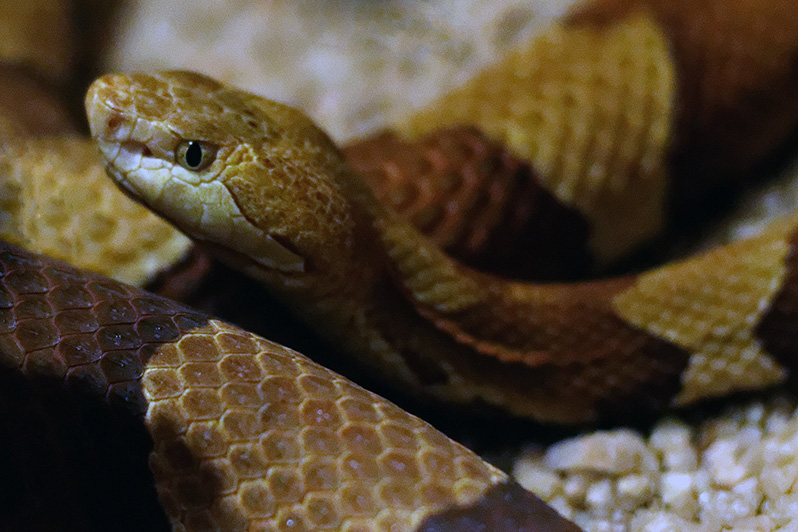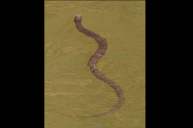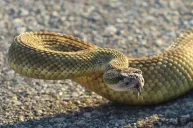When the Houston Chronicle's outdoors reporter Shannon Tompkins discovered copperheads in his yard six out of seven nights one week, he knew something was up.
"All but one of the snakes were found within a few feet of the same spot on my nightly walk down the 200-foot driveway to the mailbox, and the other was within 50 feet or so of the others," Tompkins wrote in his feature about the native Texan pit-vipers known as copperheads.
As it turns out, Tompkins likely witnessed copperhead behavior that only occurs during the summer months.
Nightly feeding congregations
A herpetologist with Texas Parks and Wildlife told Tompkins that he probably saw snakes congregating to feed on cicadas, which have recently emerged from underground. The bugs ascend the trunks of nearby trees to shed their outer skins. In Tompkins' case, the cicadas were in the white oak trees near his driveway, and the snakes were gathering to feast on them.
As odd as this congregational behavior may seem, these evening meetings are likely not intentional or social in nature. It's just a case of predators gathering where prey is plentiful.
It might seem strange that a snake with such highly developed defense mechanisms would choose to eat bugs rather than heartier prey like mice or rabbits. According to Texas Parks and Wildlife Magazine, copperheads choose cicadas "For the same reason we eat fast food: It's cheap and easy."
Copperheads are also known to consume moths and caterpillars during these evening meetings.
How can you tell if you've got cicadas?
You'll likely find the discarded exoskeletons of the big green or black bugs hanging from tree bark in your yard. But to really determine whether or not you've got these insects, just listen. Cicadas make a loud rattling noise. Male cicadas make this sound as a mating call to lure females, which you can hear in the video below.
If you think you're off the hook because you don't live in the country, think again. Snakes and cicadas live in all areas of Texas, including the suburbs.
So should you be worried? Probably not. Tompkins acknowledges that the venomous snakes, though potentially deadly, are "generally non-aggressive."
Just remember, if you're going for nightly strolls from July through September, watch out for copperheads.
Now Watch: Bottle Trees: A Unique Southern Tradition with Ancient Origins




